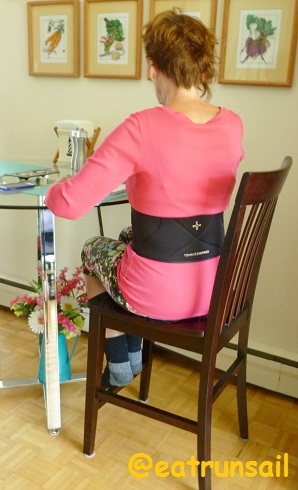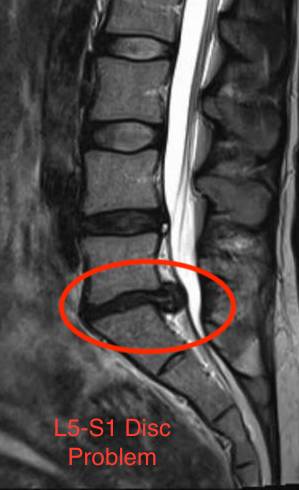LEAD ARTICLE – JULY 2019
When Is Apportionment Appropriate?
The issue I am addressing is whether or not the clinical condition displayed by a Plaintiff following an injury is due in its entirety to the injury. Stated differently, “not all damaged goods were pristine prior to the subject accident”.

Let’s focus upon a lumbar spinal injury and compare two different Plaintiffs.
Plaintiff A is a 63 year old lady who gave a 30 year history of previous back pain. In fact, she had undergone two separate operative procedures, the last of which was 18 years before the subject claim. During the ten year period before this claim, and despite her long past history, she had been functioning relatively well. She was working full-time, played both bowls and golf, and also engaged in some social tennis.
The subject injury occurred at her place of work. She was leaving the cold room in the supermarket, carrying goods for stock replenishment. She slipped on a pool of water and fell heavily onto her bottom. She sustained a serious crush fracture of L3. Hospitalisation was part of her therapeutic programme although she did not require operative intervention. She wore a brace for nearly three months and with the application of physiotherapy, rehabilitation, hard work and determination, she regained some semblance of her former life.

When assessed for medicolegal purposes, it was found that she was exhibiting a loss of 20% of whole person function. That translated indirectly to significant disabilities at social, recreational, domestic and remunerative levels. Several experts opined that had she been assessed critically and objectively prior to this fall, she would have been exhibiting a loss of 15% of whole person function in any case. The Court determined therefore that this additional loss of 5% of whole person function was the compensable moiety.
The second Plaintiff is also a female, but only 24 years of age. She categorically denied previous problems referable to her lumbar spine. She had never experienced pain, stiffness, work injury, work loss, chiropractic treatment, physiotherapeutic intervention, a radiographic examination or any other problem referable to her lumbar spine.
She was assisting a workmate lift a very heavy object at work. During the course of the lift, she felt something “unusual” in her lumbar spine. Over the next few hours, that unusual sensation became quite painful and within two or three days, she had leg pain consistent with sciatica. Careful examination and investigation confirmed that the L5/S1 disc was anomalous, it was protruding and it was compromising the spinal canal and the exit foramen. The left S1 nerve root was impinged upon, thus explaining the sciatica.

When her case came to trial, there was general agreement amongst the experts that the L5/S1 intervertebral disc was previously degenerate. That is to say, the MRI scan examination findings noted soon after the lifting injury confirmed that the disc was already abnormal.
Several experts however agreed that had it not been for the imposition of this particular force, she may have persisted indefinitely without ever being aware that the L5/S1 intervertebral disc was diseased. Abnormal MRI scan examinations (abnormal discs on the scans) are very common findings, even in people in their twenties and thirties. The vast majority of these people are unaware of the abnormality and some can remain pain-free for the remainders of their lives.
Plaintiff B was assessed as suffering with a 6% whole person impairment using the AMA 5 Guides. Although the L5/S1 disc probably was degenerate prior to the accident, that entire loss was deemed as being caused by the subject lifting incident. No apportionment was necessary.
The clear difference between these two patients is age. The first lady was 63 years of age whereas the second lady was only 24 years of age. There are other subtle differences too. The first Plaintiff gave a long past history of discomfort. The second Plaintiff had no such history and despite rigorous scrutiny of her clinical records, no contradictory evidence was ever found.

Other differentiating factors include the first Plaintiff having undergone surgical procedures whereas Plaintiff B had not. With Plaintiff A, the fall created a new, and easily recognisable crush fracture of a vertebral body. With Plaintiff B, the imaging findings were partly new and partly old.
In essence, there is no single specific rule which says apportionment is necessary or not. The appropriateness of the act of apportionment will depend on all of the vagaries involved and is best carried out on a case by case basis.
